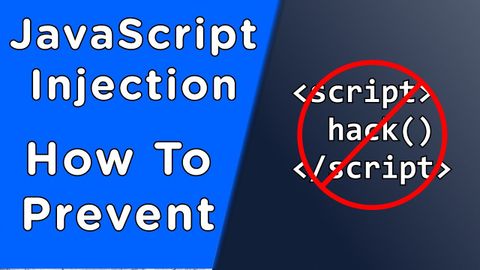
字幕と単語
最も一般的なクロスサイトスクリプティング攻撃を防ぐ方法 (How To Prevent The Most Common Cross Site Scripting Attack)
00
林宜悉 が 2021 年 01 月 14 日 に投稿保存
動画の中の単語
vulnerable
US /ˈvʌlnərəbəl/
・
UK /ˈvʌlnərəbl/
- adj.攻撃されやすい;弱い : 脆弱な;傷つきやすい;説得されやすい;保護を必要とする : 弱い立場;批判されやすい;(ブリッジで)脆弱な
B1 中級
もっと見る エネルギーを使用
すべての単語を解除
発音・解説・フィルター機能を解除
